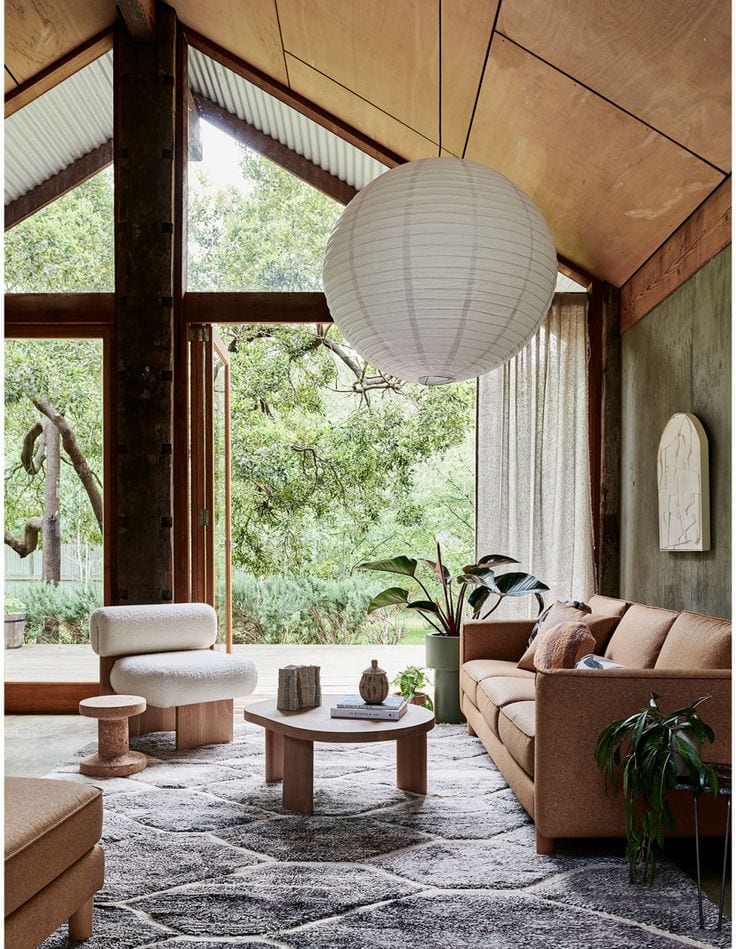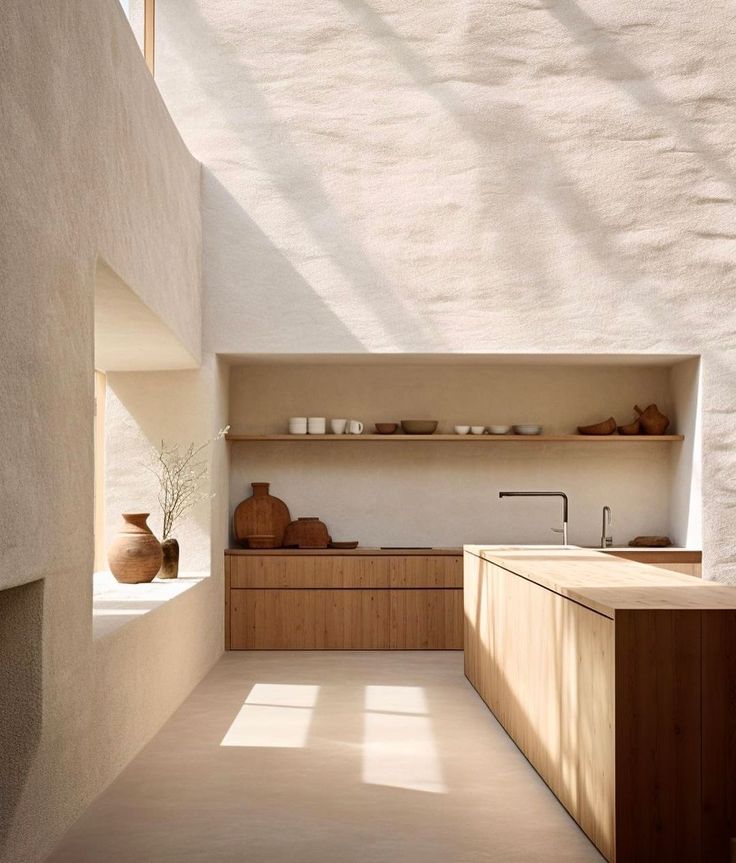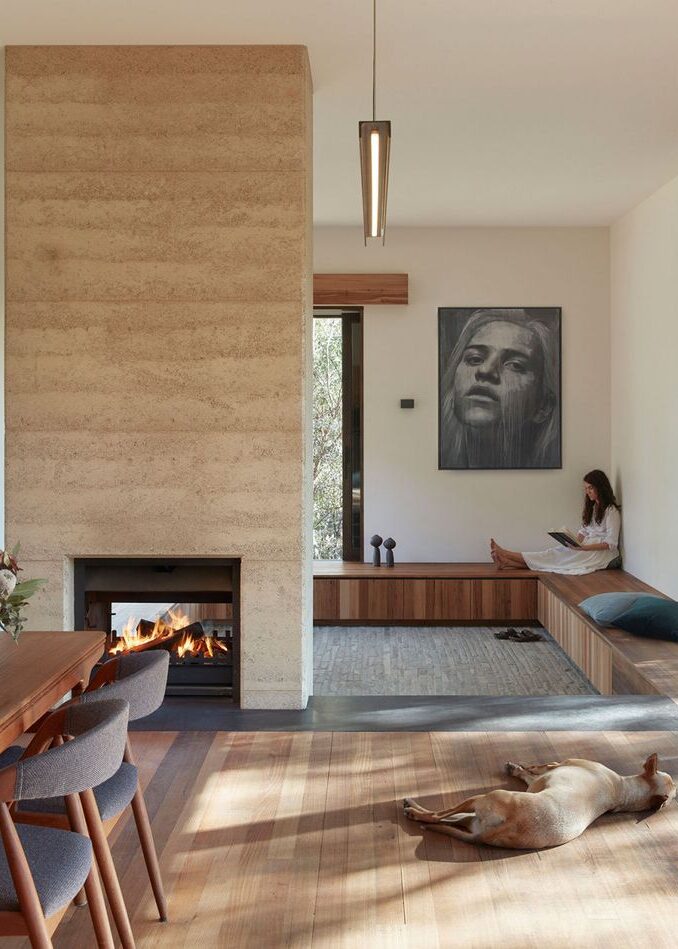Sustainable Design
Sustainable design aims to minimise the environmental impact of a home – without compromising on either form or functionality. Some of its key features include a focus on energy efficiency, eco-friendly materials, and waste reduction. So, is it possible to actually apply sustainable design to your living spaces without scrimping on style? The experts at BOWERBIRD Interiors certainly think so! Here are their top tips on five easy ways to incorporate eco-elements into your home, without compromising on its aesthetic appeal.
Invest in Energy-Efficient Appliances


Whether it’s an outdated dryer, or a washing machine from 1992, old appliances can be energy drains. Consider replacing them with high star-energy-rated versions that are designed to consume less energy while maintaining high-performance standards. This simple upgrade can help both Mother Nature and yourself – in the form of long-term savings on your utility bills. Switching to LED bulbs is another simple yet effective way to reduce your energy consumption. These bulbs not only last longer but also use significantly less energy than traditional bulbs, making them an excellent option for energy-friendly lighting.
Seek out Sustainable and Stylish Materials
When it comes to options for flooring, frames, and the like, consider sustainable materials such as bamboo, cork, or reclaimed wood. These materials are not only eco-friendly but also add a unique and stylish touch to your home. The same applies to the fabrics atop your furnishings. Look for natural versions such as linen, wool, and organic cotton for your cushions, carpets, and even curtains.
A Breath of Fresh Air


Natural ventilation strategies can reduce the need for energy-zapping air conditioning or heating. Open windows strategically to create cross-ventilation, allowing fresh air to flow through your home. Similarly, bringing in indoor plants not only adds a touch of nature to your home but also improves indoor air quality by filtering out pollutants. Additionally, installing proper insulation can make a significant difference in your home’s energy efficiency – and can help regulate indoor temperatures and reduce heating and cooling costs.
Eco-Friendly Furnishings
When shopping for furniture, look for pieces made from sustainable materials like reclaimed wood, cork, or bamboo. You might also consider buying second-hand furniture and giving it new life with a fresh coat of eco-friendly paint.
Habits of the Inhabitants


Finally, a sustainable design strategy is only as effective as its execution. For that reason, make it a mission among family members to play their part in reducing their carbon footprint. Ideas include setting up a dedicated recycling station in your home, with clearly labelled bins for different materials, such as paper, plastic, glass, and metal, to encourage proper waste separation. Reducing single-use plastics by switching to reusable alternatives and investing in stainless steel or glass water bottles. Reusing shopping bags, and food containers to reduce your plastic waste. And even taking shorter, quicker showers to minimise water wastage (and conveniently your water bill!)
Do you need help creating a more sustainable yet stylish living space? Speak to a member of the team today.